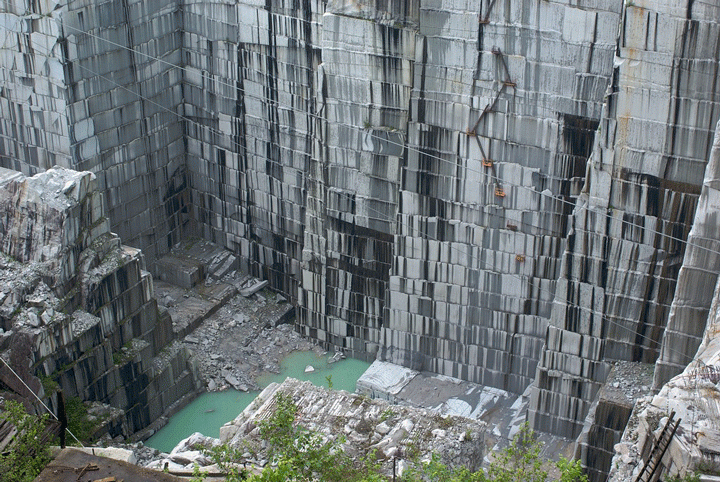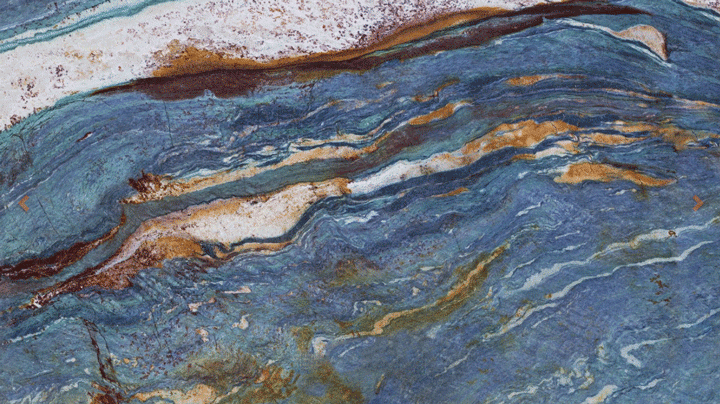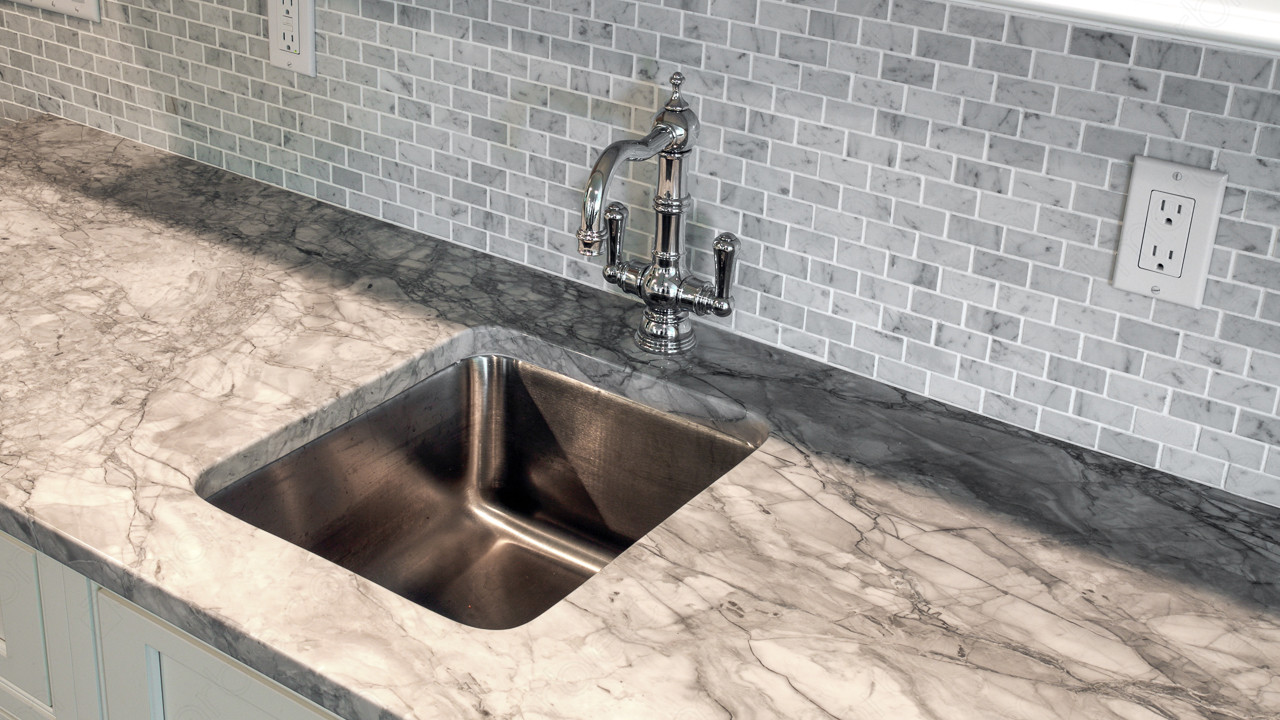Table of Contents
There's no doubt that nature is capable of incredible feats, but did you realize that granite countertops are one of them? As an igneous rock, granite is found in mountains across the globe. However, there are some particular spots that manage to produce the quality that is fit enough to be kitchen countertops. Once you learn about the origins of granite, you’ll be even more impressed about how this natural wonder is transformed into a home good.
How Does Granite Form?

Granite forms from the slow crystallization of magma below Earth's surface. It is composed mainly of natural quartz and feldspar with subtle amounts of mica, amphiboles, and other organic minerals. In short, your granite kitchen countertops were molten lava at one point. The mineral composition of granite usually gives it a red, pink, grey, or white color with dark mineral grains visible throughout the rock, although many types of extraordinary granites include colors like blue, green, black, and gold.
[get_quote]
Where Does Granite Come From?
The majority of the world’s granite countertops are quarried in Brazil, Italy, India, and China. Each region has it’s own specific characteristics. Brazil is responsible for producing one of the world’s most unique granites, Van Gogh, also known as Blue Fire, which has an incredible blue color.

What is Granite Used For?
Granite is the most well known igneous rock, mostly because it is so commonly seen as a kitchen countertop or bathroom vanity top. It’s also used for monuments, building veneers, and paving stone.
Durability of Granite

Granite is widely considered to be one of the most durable natural stones because of its creation process. It takes thousands and thousands of years of extreme pressure for granite to reach it’s final state, making it incredibly dense. The strength of granite is said to rival that of diamonds, which are actually used to cut the stone into slabs at quarries.
Granite can be considered as the literal building block of humanity. It’s been used for creating some of the most iconic structures like the NYC Public Library and Mount Rushmore, and it was also one of the first writing materials. Many hieroglyphics and even the 10 Commandments were etched into the granite. Ancient cultures used mass amounts of manpower to chisel stone from quarries and to move it sometimes more than 500 miles. To transport the stones, it is said that a system of logs as makeshift wheels was used. None of this was an easy process because of the strong, heavy nature of granite.
Granite Countertops in the Present Day

In the late 1980s, granite could be found in the homes of the rich and famous. However, it was still out of reach for many average homeowners. Many homes at this time had laminate counters, which weren’t very durable. These surfaces can be scratched with a butter knife and enough pressure. On the other hand, granite countertops can withstand the sharpest of cooking knives, and present more of a risk to dulling the blade than incurring any damage.
[get_quote]
As technology developed to mass-produce granite, they started to become a mainstay in middle-class homes during the early 1990s. Granite began as a localized industry, so you can imagine how difficult and rare it was to find a reliable quarry nearby. The advancement of transportation services made it possible to import granites from Brazil, Italy, India, and China. This lead to readily available granite at much more affordable prices. With the help of companies like Marble.com, the USA has experienced a granite boom. Now this wonderful kitchen countertop material has forever changed the interior design industry. It's been a long journey for granite, but it's found a new home in yours!
















 The article helped me immensely
The article helped me immensely
 I’m now more informed on the subject
I’m now more informed on the subject
 I have questions about Marble.com
I have questions about Marble.com
 The article was not accurate at all
The article was not accurate at all
 There is a serious lack of information
There is a serious lack of information
 I have questions about Marble.com
I have questions about Marble.com